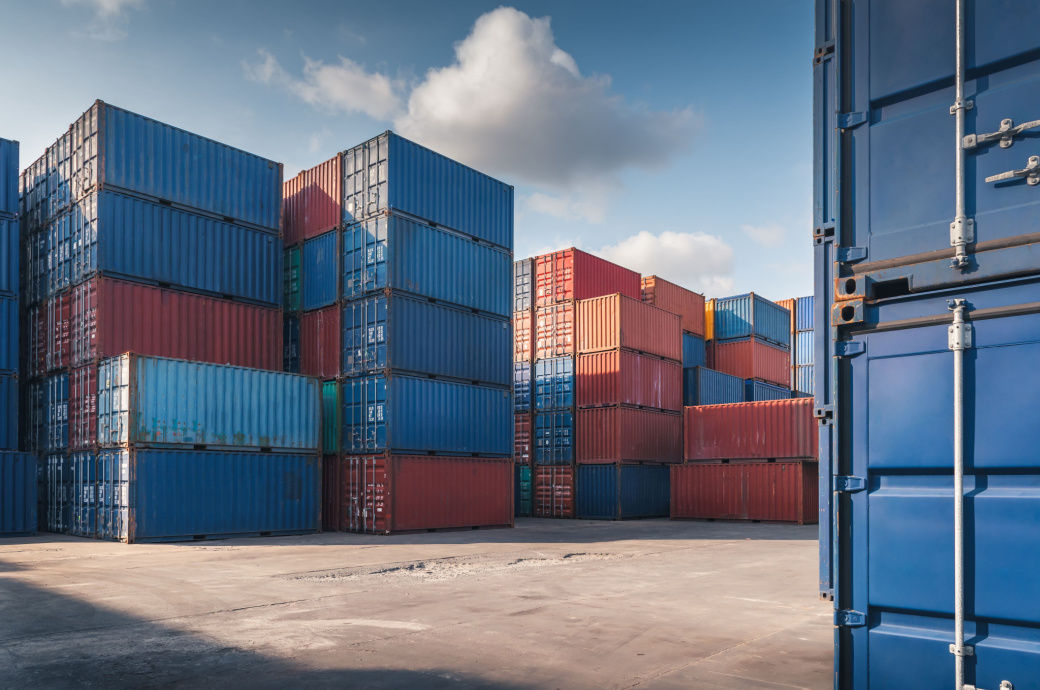
Under normal market circumstances, the peak season in key head-haul trades should lift volumes in the third quarter (Q3). However, recently released volume statistics indicate that there may be no peak season this year, but it is quite likely that volumes will slow in the fourth quarter, International shipping association BIMCO said in a release.
BIMCO has offices in Houston, London, Copenhagen, Athens, Singapore and Shanghai. Container volumes in head-haul and regional trades are the key drivers of container vessel demand, average container rates, liner operator profits, and, since 2020, port congestion.
In July, the combined head-haul and regional trade volumes fell 1.5 per cent month over month (MoM) but were up by 1.5 per cent YoY. While this initially seems to be a relative improvement in volumes, compared to first half results, the figure appears in a different light when historical seasonality is considered, BIMCO observed.
As an example, in the Far East to North America trade lane, volumes in July have historically been on average 7 per cent higher than June volumes due to the beginning of the peak season. However, this year volumes were 3.3 per cent lower in July than in June. Applying historical seasonality, volumes should have been nearly 200,000 TEU and 10.6 per cent higher than actual volumes.
Focusing on the rest-of-year period from August to December, calculation indicates that combined head-haul and regional trade volumes will be down by 1.9 per cent YoY.
From a congestion perspective it is interesting to note a 10.7 per cent YoY and 8.2 per cent YoY fall in import volumes to the Europe and Mediterranean region and North America respectively, BIMCO said.
Considering the risk of energy shortages in Europe during winter and that conditions for consumers and businesses are likely to get worse before they get better as the year progresses, it is possible that volumes could end even lower, BIMCO added.
Fibre2Fashion News Desk (DS)